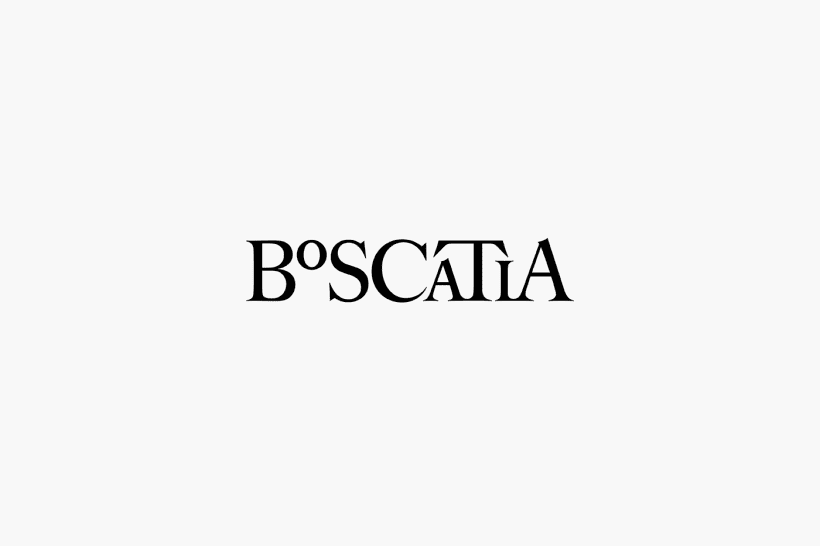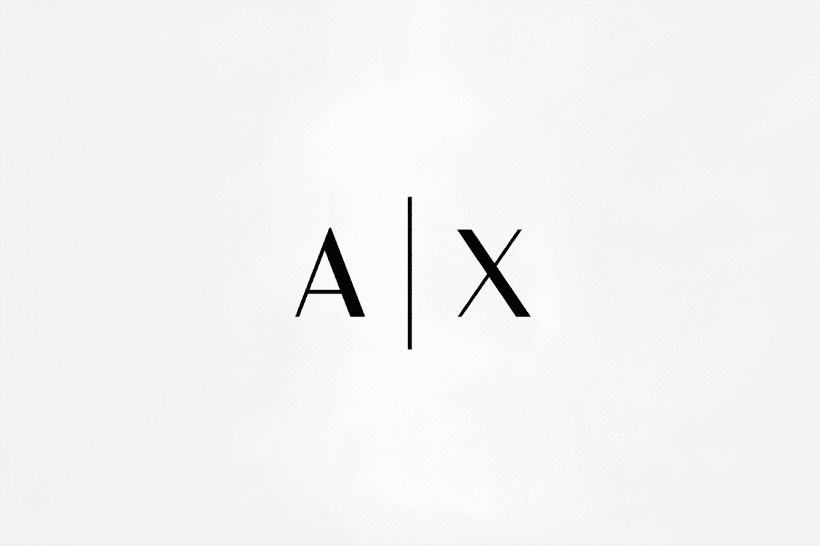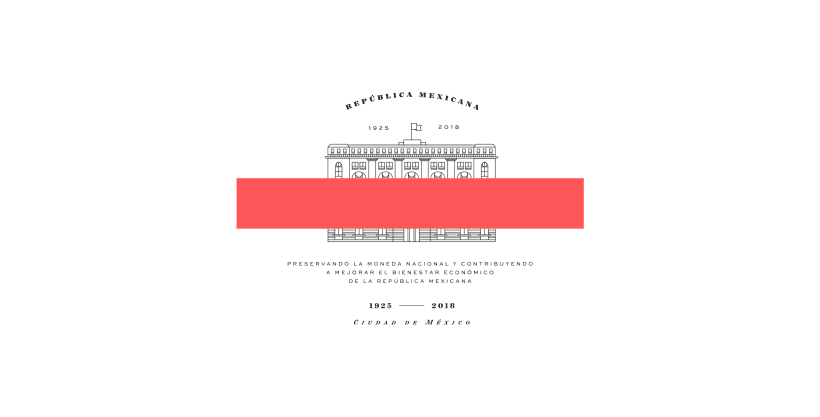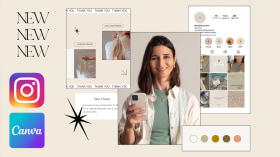@harry_davies
Logotype, Isotype, Imagotype, Isologotype, Symbol: Do You Know The Difference?
Learn the right terminology for each element of branding and a brand’s visual identity by name
In general, people tend to define “logotype” as a brand’s entire identity. It’s normal and logical. This way a client can understand a proposal more clearly and simplifying the terminology can make sure your site appears higher in search engines.
However, the great diversity of terms and definitions can cause some serious confusion, especially when words might appear to be synonyms but really they’re not. Logotype, isotype, imagotype, isologotype… although they’re from the same family of terms used in the design of corporate imagery and identity for brands, businesses, and products, each word refers to something different.
When working, knowing what each word means is crucial for communication and understanding. Although you might not always use them, understanding them will make you more efficient when it comes to the design.

Brand, corporate image and corporate identity
To start, it’s important to have the basics clear what brand, corporate image, and corporate identity mean.
- Brand: the broadest term, that includes all the aspects that define a company, a project, and an organization. It incorporates the name of the business and the visual elements that compose its brand and is therefore not a graphic term. Thus, every action made, whether through a campaign, marketing or design, will be informed by the character and personality of the brand.
- Corporate identity: the physical manifestation of a brand and its image. Its “name” completes the Corporate Visual Identity. It refers to how the brand is represented physically (through logos and symbols) through a unified collection of colors, styles, and shapes: stationery, signage, interior design and more.
- Corporate image: also known as the brand image, is no more than consumers’ or the general public’s perception of a business or product, influenced by its graphic and visual characteristics. It is found after the identity has been designed and a campaign has been studied and planned in relation to the values and concepts the business hopes to highlight, publicize and spread.
The key to understanding these concepts is bearing in mind that you can change the logo or identity of a brand, but you can’t change the brand itself.

Symbol, Isotype, Logotype, Imagotype and Isologotype
Once a brand is made and its values and philosophy are laid out, a business should seek to optimize its public image; to give it shape, color, body, direction and style.
- Symbol: the combination of graphic elements that represent and identify a concept or idea.
- Logotype: the most common term for a brand’s graphic representation, although it actually only refers to distinctive style of letters, abbreviations or words. Logos means word, therefore, a logotype is the visual representation of a brand based on a word or collection of words.

- Isotype: the symbolic or iconic part of a brand, the representation of a brand without the use of its word, a visual abstraction that represents its image. A good isotype is that which best expresses a business’ spirit and value, and also is recognizable to consumers.
At the same time, an isotype can be defined by six elements:
- Monogram: the union of two or more letters, generally the initials of the words that compose the brand, fused into one symbol, LG for example.
- Anagram: various syllables, especially in long names, are fused to create a new meaning. Here, you shorten the name of a business and it means something else. A good example is Inditex, which comes from Industry of Textile Design”.
- Initial: the first letter of an entity or company as a representation of the synthesis of the name. Pinterest and Adobe are good examples of this.
- Acronym: a word formed by the initials of a more complex name. Unlike an anagram, it has no phonetic articulation but is read word by word. Unlike a monogram, it does not create a symbol or icon: each letter is legible. HBO and IBM are good examples.
- Pictograph: a symbol that represents a brand, sentiments associated with it, or directly exemplifies the company. Apple and Pepsi are good examples.
- Signature: although it can look like a logotype, its personalization gives it the character of a symbol and it expresses the values of the business in unique and exclusive letters. Walt Disney is perhaps the most famous signature.

- Imagotype and isologotype: the union of logotype and isotype to form a more explanatory and descriptive icon.
The imagotype is the combination of graphic, icon and text, that maintains its function and individual characteristics such as Adidas and Nike. The isologotype connects the text and icon, although, in this case, they are indivisible, since the brand would not be identifiable if the elements were separated, for example with Burger King or the NBA.

All of these well-defined terms have their own purpose in a brand’s corporate visual branding and the creation of a recognizable image that will stay in a person’s mind, ensuring the brand and its values are not forgotten in the face of competition.
In the Domestika course Creation of a Corporate Identity Manual, David Espinosa explains these concepts and teaches you how to make a brand book, from start to finish, in order to define your brand.
You may also be interested in:
- 10 Tips for Launching a Creative Podcast
- 10 Tips for Designing Icons
- 7 Habits of Effective Artists







0 comments